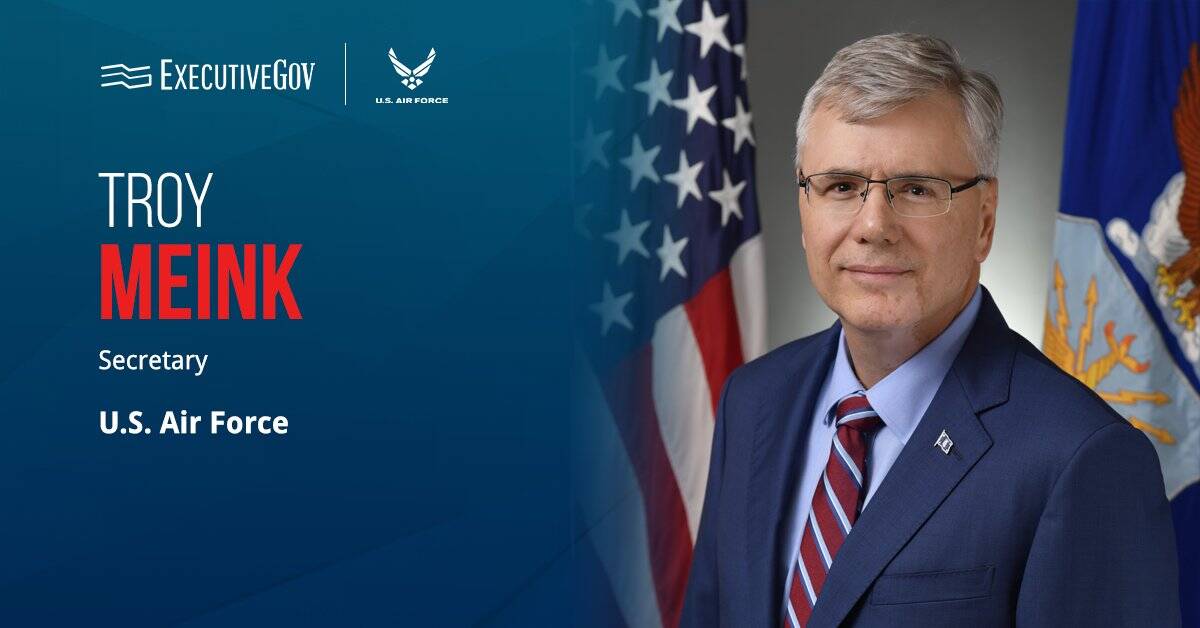 The National Oceanic and Atmospheric Administration has rescheduled the launch of the first polar-orbiting weather satellite to March 2017 instead of January, Space News reported Friday.
The National Oceanic and Atmospheric Administration has rescheduled the launch of the first polar-orbiting weather satellite to March 2017 instead of January, Space News reported Friday.Jeff Foust writes the two-month delay is due to issues detected in the Joint Polar Satellite System 1 spacecraft and its ground systems.
“Based on recent tests of the flight and ground systems and an assessment of the remaining work to bring the system to flight readiness, NOAA has determined it cannot meet the Jan. 20, 2017, launch date for JPSS-1 with reasonable confidence,” NOAA spokesperson John Leslie told Space News.
JPSS-1 will take off onboard a United Launch Alliance Delta 2 rocket from Vandenberg Air Force Base, according to the report.
Jackie Berger, a spokesperson for JPSS-1 prime contractor Ball Aerospace, said the company continues to work with NOAA to meet the new launch date.





